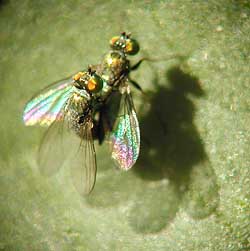Go to latest entry.....................................Go to previous entry
No snorkeling this time, which was a pity as there was a shoal of very large jellyfish just a short way out. Measuring in excess of 2ft across and 3ft in length they were examples of Rhizostoma octopus, a species that seems to have appeared in large numbers along the South coast this year. More information about the species in UK waters can be found on the Jellyfish page of the British Marine Life Study Society, although a better picture can be found at a Norwegian site
At Lizard Point ( the most Southerly place on mainland UK) you can sit outside the 'Most Southerly Cafe' and look out at the Atlantic. This view from the top of the cliff is shared with some of the usual hangers-on wherever food is on offer, including this particularly cheeky Jackdaw.
We spent a lot of time in a little cove called Porthallow. This is where I did my canoeing and some walking on the rocks. There were no sea birds there but I spent some time watching this pair of Mallard Ducks. They spent time basking in the sun until disturbed, in this case by the noise of a small boat. Then they would fly off in a loop over the sea before landing on the water and climbing back onto the rocks once more. On one canoeing trip out of the cove I paddled in between two large rocks and came face to face with a grey heron which launched itself from about 3 yards in front of me. Just along the cliffs from the cove is a spot which seems to be the home of a Buzzard and I got quite close to it several times when on the canoe. It was there last Summer, and I hope to see it again when we return to Cornwall in six weeks time. We usually get quite a few sightings of Buzzards when we are travelling by car along the narrow roads of the Lizard. They are often perched on trees or higher bits of hedgerow. Unfortunately, they will not wait for me to stop and grab my camera before they swoop away from the road and out of sight! At this time of the year the wild flower displays in the hedgerows are absolutely fantastic. Sadly, by the time we return at the end of July many of them will have been mowed.
One of the plants that is thriving is the Jacob's Ladder. Its foliage is almost fern-like and on Wednesday the first of the flowers opened (nearly a week later than last year).
At the bottom of the garden the first of the Valarian (Valeriana officinalis) plants that I bought in April is now in flower. The flower stalk is lying across the ground so that the flowers are partly hidden by other plants.
We have two sorts of Willow-herb in the garden. This one is the Hoary Willowherb (Epilobium parviflorum). The flowers are less than 1cm across and the plant stands about 86cm (34in) tall. Near it there is a Great Willow Herb which is over 6ft tall. There is no sign of flowers on that at the moment.
The White Clover is another plant that has come into flower last week.
While some plants are just coming into flower, ther are other plants which are already bearing seeds. Here are a few of the seed heads that in evidence here today. While the Wood Avens' seed head is still ripening the others are already using the wind to help the scattering of their seeds.
The weather has not been bad over the week, although it has been dull most of the time. There has not been much sunshine to encourage activity by butterflies etc. Although there are plenty of aphids this is the only ladybird larva I have seen this week - no adults in sight. It is on the stem of a teasel plant.
A bit of sunshine today (16th) brought out this Hoverfly (Episyrphus balteatus). A very common species, it is pictured here as it takes nectar from a field buttercup flower.
A very warm sunny day encouraged the first of the Maiden Pink plants (Dianthus deltoides) to flower, a day later than last year.
Around 10.30pm our bathroom was the place that this Swallow-tailed Moth (Ourapteryx sambucaria) was spotted. It measured nearly 5cm across and is one of our largest night-time insect visitors. The inset shows details of the hind wing markings, including a tiny red spot.
Matters in the garden continue and at the bottom of the garden, under the birch tree a couple of nipplewort plants (Lapsana communis) have come into flower, nearly a week later than last year.
Last year, the end of May saw the appearance of the first Bush cricket. I have been checking the Geranium plants regularly but it was only today that I spotted the first one for this year. Barely 2mm long, it did not stay in sight for long once I turned up with the camera.
I found a similar midge on a leaf of the birch tree today. After taking its photograph on the leaf I decided to bring it into the house to take some close-ups. When I did, I found that the midge was host to numerous mites (or ticks).
The teasel flower head I pictured in the middle of May has now grown to about 5cm in length, and the ladybird larva pictured last week seems to have decided that the plant is a good place to pupate!
On the bird front, things have quietened down in the garden now. I am not seeing juveniles being fed, although I did hear the sound of young blue tits calling for food, so another brood has succeeded in the local area. The male Robin is still taking food away, and I have seen him feed his partner in the last few days (She has become less secretive now). The only sign I have seen of robin offsprings was when I caught a glimpse of the male feeding one in the birch tree a couple of days ago. In the middle of May I mentioned the arrival of swifts. Since then I have been hoping to see House Martins but they seen to have failed us this year. There are swifts nesting in the roof of at least one house in the street. I may consider replacing the House Martin boxes ( never been used!) with ones more suitable for swifts. The Collared Doves seem to be nest building again, in their 'usual' spot high up in the Leylandii.
In the larger version of this image you can make out a sparrow doing the same thing in the backround.
Click on the image to see a larger version
My wild flower books suggest that it is Wild Chamomile, also called Scented Mayweed (Matricaria recutita). This is the first time I have seen this plant in our garden. The highlight of bird activity in the garden at the moment is a territorial(?) dispute between two male Chaffinches which involves some colourful chases in the sunshine.
There are frequent visits by both male and female Chaffinches to the sunflower feeder just outside the kitchen door. The female is getting especially tolerant to us being very near as she feeds. There are now two crickets to be seen on the geranium plants.
Here are a couple of photographs for the record. The first is a large frog-hopper. It is unusual to see one as big as this in the garden, measuring nearly 12mm in length and spotted on the birch tree. A look in my insect guides suggests that it is Aphrophora alni.
There are lots of small flies, of numerous types about at the moment and there two were spotted on a geranium leaf, mating in the early morning sunshine. Each fly had a body length of about 3mm. Although the weather was dry and sunny for much of the time I am not seeing visits by insects such as butterflies, damsel-flies or dragonflies. No more crickets appeared, and most of the time I could only see one at the most. |
|
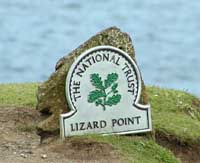 May
31 - June 9 - Just a few notes about the last week, spent
on the Lizard Peninsular of Cornwall. A lot of enjoyable time
was spent by us doing very little by the sea. I took a few photographs
and on three days spent much of the time out on my surf ski.
I use this as a canoe to explore the rocky coastline when the
sea is calm (my days of going out in the surf are long gone!).
May
31 - June 9 - Just a few notes about the last week, spent
on the Lizard Peninsular of Cornwall. A lot of enjoyable time
was spent by us doing very little by the sea. I took a few photographs
and on three days spent much of the time out on my surf ski.
I use this as a canoe to explore the rocky coastline when the
sea is calm (my days of going out in the surf are long gone!).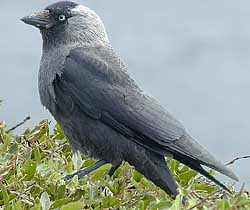
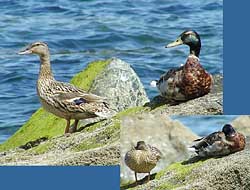
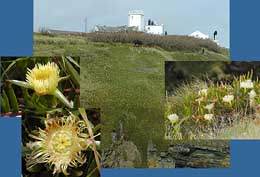
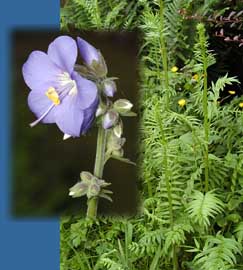
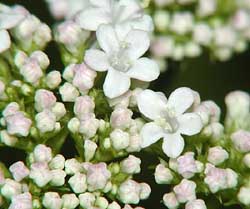
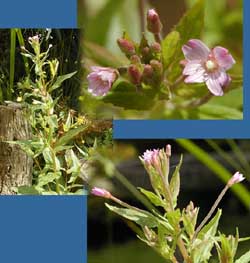
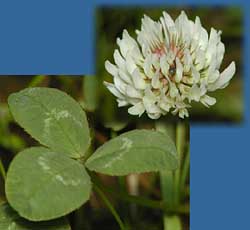
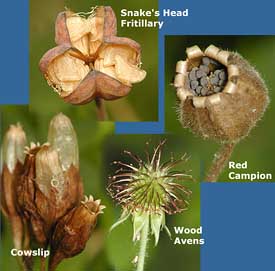
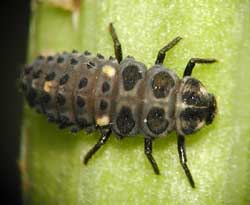
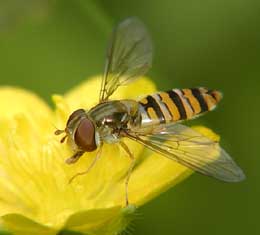
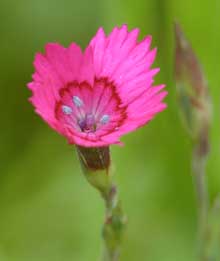
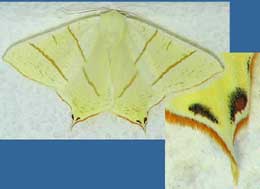
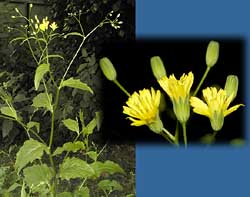
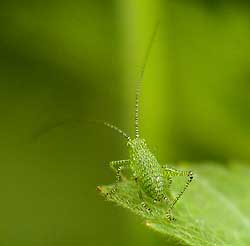
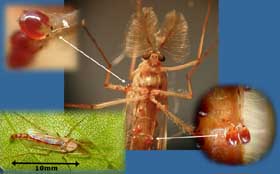
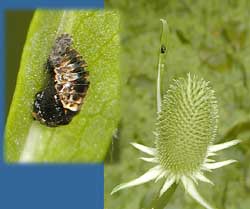
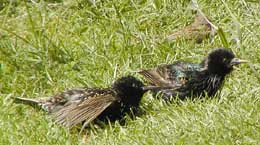
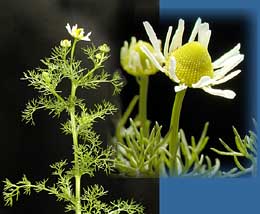
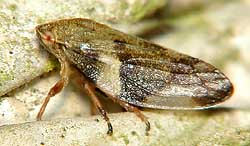 25
- 30 June - Unfortunately another gap has appeared in my
diaries with few pictures taken in the garden.
25
- 30 June - Unfortunately another gap has appeared in my
diaries with few pictures taken in the garden. 